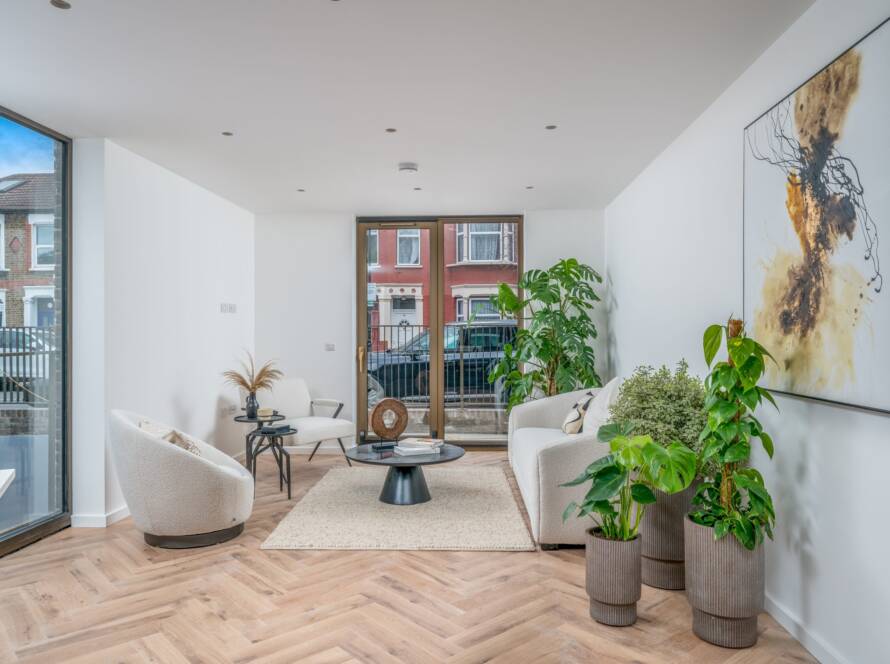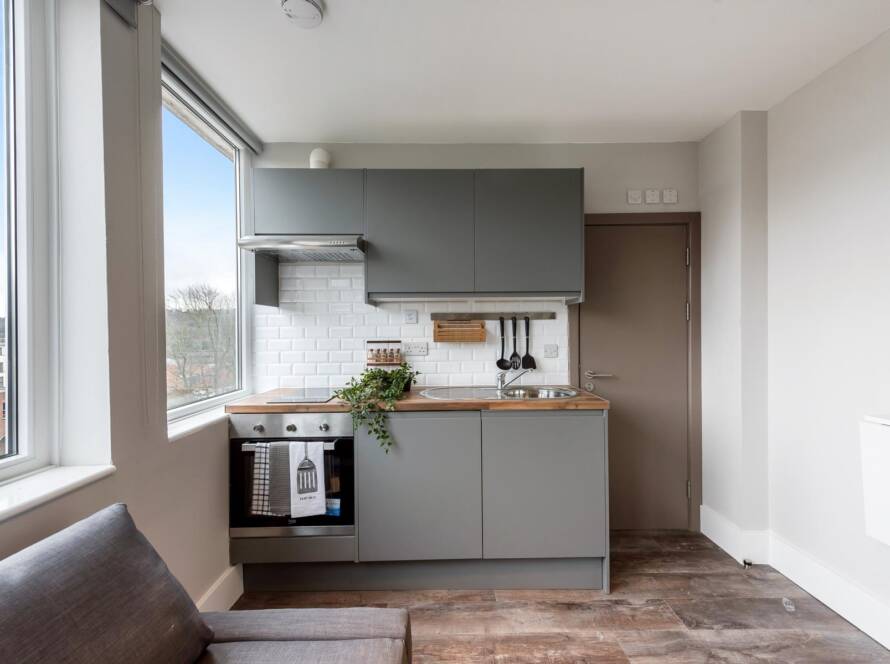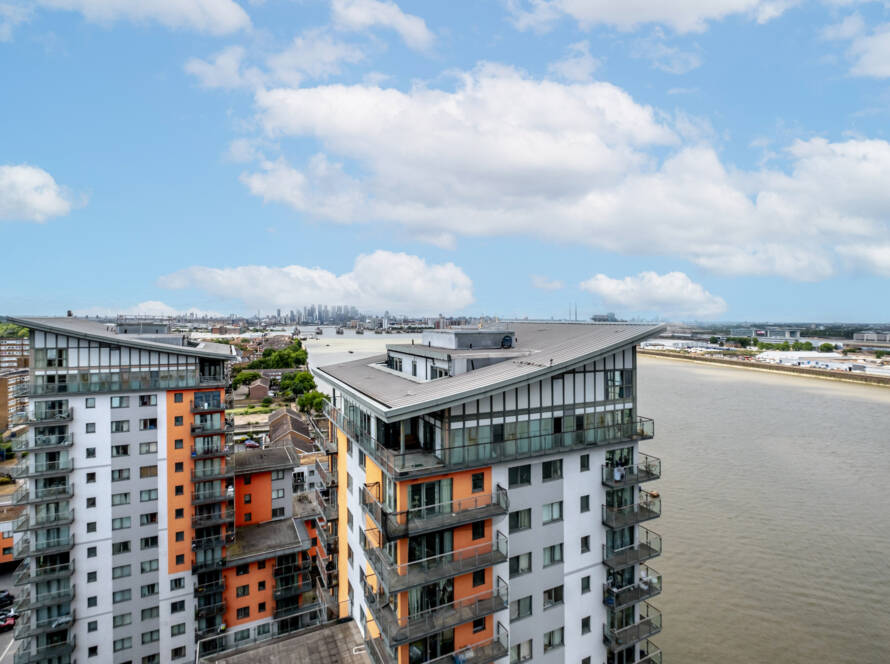London’s construction industry is undergoing a transformation. With the city aiming to become carbon neutral by 2030, sustainable building practices are no longer optional — they’re essential. From innovative green technologies to eco-conscious workforce strategies, London is leading the way in sustainable construction .
🎯 Trend Focus: Eco-Friendly Construction & Net-Zero Targets
One of the biggest drivers behind this shift is London’s net-zero carbon goals . New buildings must be net-zero operational carbon by 2030, while existing structures have until 2050 to meet updated energy efficiency standards.
This push has resulted in widespread adoption of green building materials , low-carbon design principles, and BREEAM-certified developments across the capital. Builders and developers are now required to think beyond aesthetics and durability — sustainability is at the core of every new project.
🔋 Popular Green Technologies in London Construction
As part of the move toward greener infrastructure, several cutting-edge technologies are gaining traction:
- Air Source Heat Pumps : Replacing traditional gas boilers, these systems provide efficient heating and cooling using renewable electricity.
- Solar-Integrated Facades : Buildings are now being designed with solar panels embedded into their exteriors, generating clean energy without compromising visual appeal.
These innovations not only reduce carbon emissions but also lower long-term energy costs for property owners.
🏛️ Case Study: Retrofitting Victorian Terraces in Islington
Historic buildings often pose a challenge when it comes to modernizing for sustainability. However, recent retrofit projects in Islington’s Victorian terraces prove that even older homes can be made energy-efficient.
Insulation upgrades, double-glazed windows, and smart ventilation systems were installed with minimal disruption to original architecture. The result? A significant reduction in energy use and improved indoor comfort — proving that green building doesn’t mean sacrificing heritage .
💰 Cost vs Long-Term Savings: Are Sustainable Materials Worth It?
There’s no denying that eco-friendly construction materials like cross-laminated timber (CLT), recycled steel, and hempcrete come with higher upfront costs. However, the long-term savings in energy bills, maintenance, and compliance make them a wise investment.
Additionally, the rise of material reuse hubs and digital tools like material passports are helping builders source sustainable options more affordably.
🌱 How R&D Workforce Implements Eco-Practices
At R&D Workforce , we understand that sustainability isn’t just about materials — it’s also about how projects are managed. We support green construction through:
- Site waste management plans to minimize landfill contributions
- Local sourcing of skilled labor and materials , reducing transportation emissions
- Partnering with contractors who prioritize BREEAM-certified products and processes
By integrating these practices into our operations, we help clients achieve both environmental and cost-efficiency goals.
✅ Tips for Homeowners: Planning Permission Incentives for Green Builds
If you’re planning a home build or renovation in London, you may qualify for planning permission incentives aimed at promoting sustainable development. These include:
- Relaxed height restrictions for homes incorporating green roofs
- Fast-tracked approvals for properties using low-carbon materials
- Tax breaks or grants for installing renewable energy systems like solar panels or heat pumps
Speak to your contractor early to explore which green features could enhance your project and improve approval chances.
🌍 Final Thoughts
Sustainability is reshaping the future of London’s construction landscape. Whether it’s retrofitting historic buildings, adopting green technologies, or supporting eco-conscious workforce solutions, the industry is moving toward a cleaner, smarter built environment.
As demand for sustainable construction in London continues to grow, companies like R&D Workforce are playing a vital role in ensuring that both people and the planet benefit from responsible building practices.





